Staff Salary Application
CHALLENGE
A large, well-known and very well respected university in California was interested in updating and revamping it's legacy personnel management application. This multi-module application is used extensively by staff to track the administrative lifecycle of faculty - from search and recruitment, to academic and administrative appointments, salary setting and budgeting, funding commitments, sabbaticals and leaves, retention, and exit.
Each module has an expansive scope and our team was tasked with recreating the module that managed funding commitments, a complex system that involved multiple roles and groups at the university.
TOOLS
Figma, Photoshop
ROLE(S)
Lead UX Designer
GOAL
The current system was an aging legacy system in need of modernization. Performance was slow, the interactions archaic and too much of understanding the unique vagaries of how the system functioned was in the hands (and heads) of longtime staff. The system needed to be redesigned from the ground up with an eye to streamlining processes, clarifying the information that is presented and adding functionality that was wasn't possible with the old system given it's foundation.
PROCESS
We began the project by gathering as much information as possible - about the users, the existing system, what worked and what didn't. We had extensive conversations with representative users across the organization to identify what they felt the current system lacked and how we could make their lives easier. We learned their "tips and tricks" and the workarounds they used to navigate the application. We developed personas based on these users to guide our designs going forward. WE mapped out existing user journeys and defined ideal future user journeys.
Next, armed with this information, we began our design. In a methodical fashion, we addressed discrete portions of the new application, collaborating with our stakeholders throughout to ensure we were addressing their needs. By working tightly with staff and users, we were able to more quickly arrive at solutions to many of the complex workflow problems that had plagued them with the old system.
RESEARCH
To understand what the best version of their system should look like, we needed to really understand the needs of the users as well as their work. This required multiple interviews with staff to understand them and to learn about educational staff funding commitments (what they are, how they work, etc.). Given that most of these systems aren't publicly available, the opportunity to compare to existing systems and perhaps borrow best practices wasn't present.
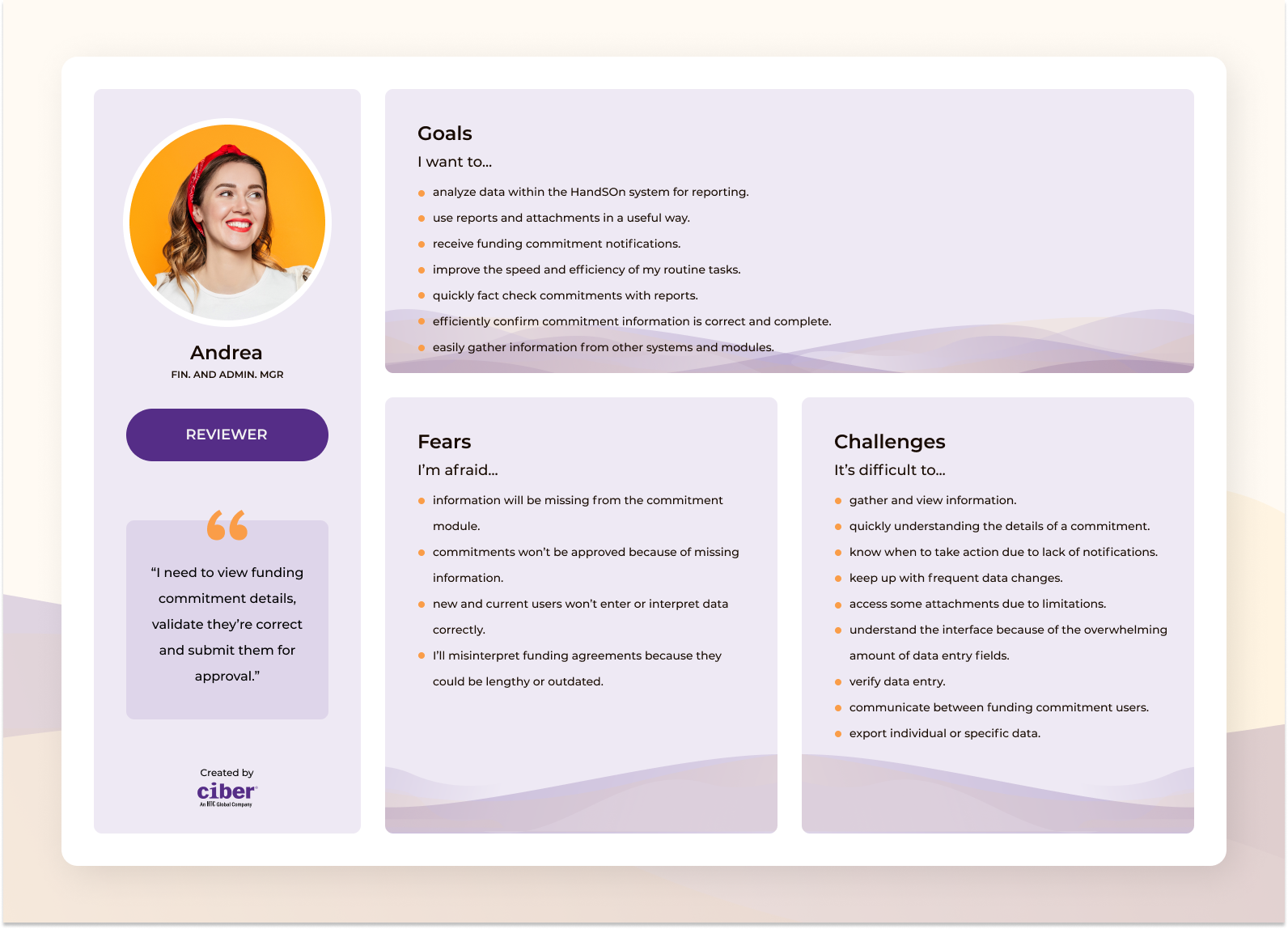
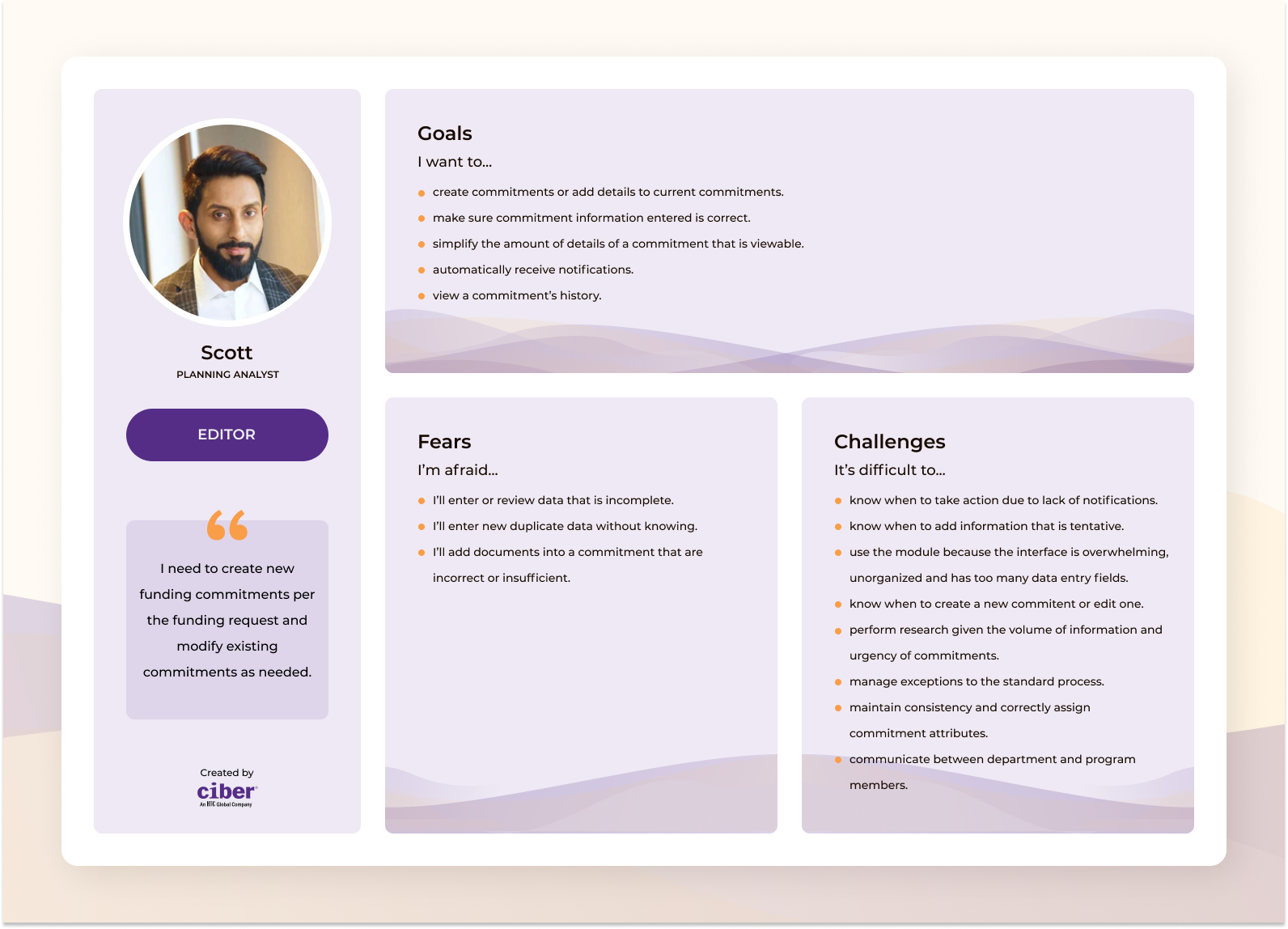
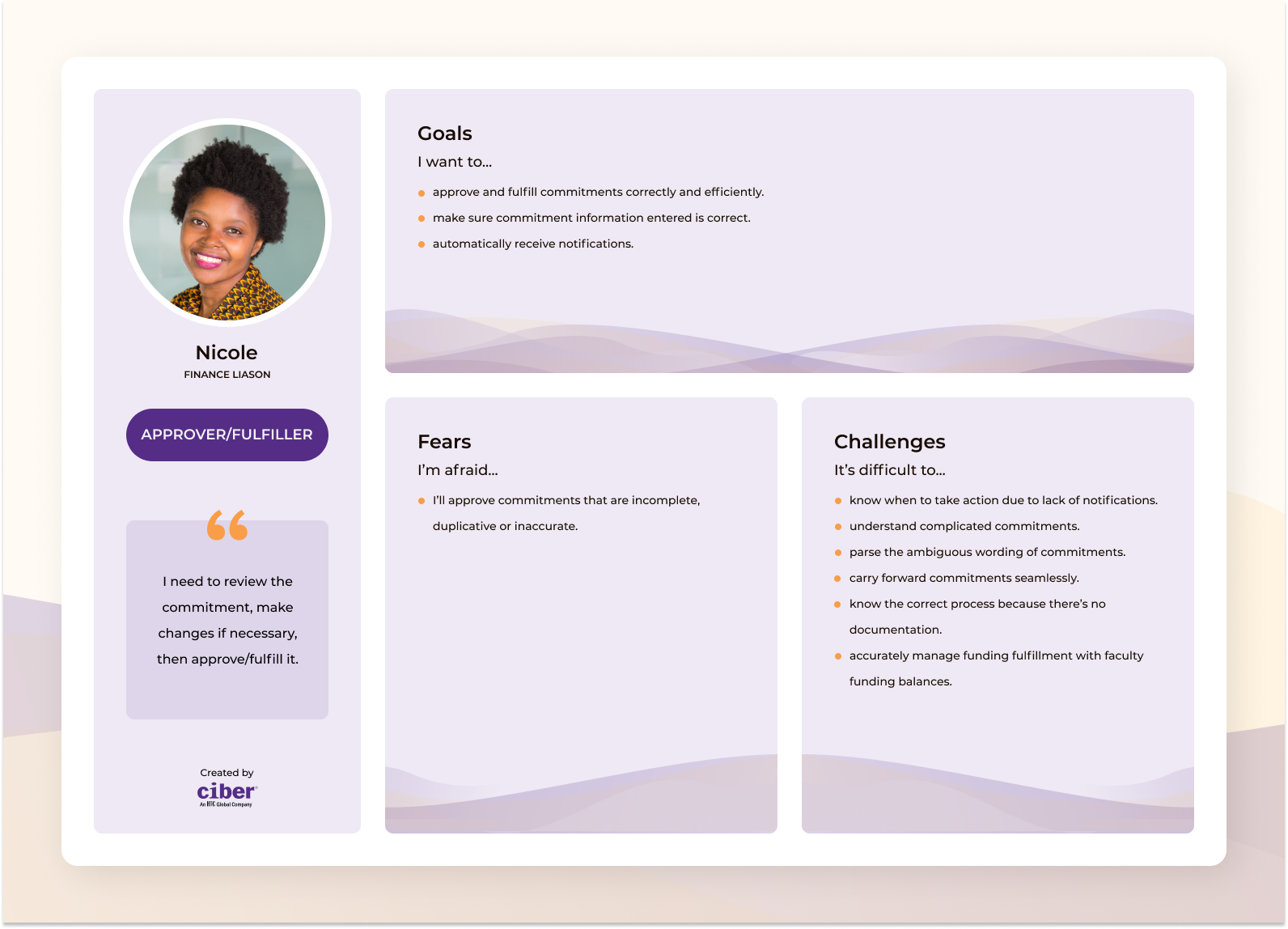
DESIGN
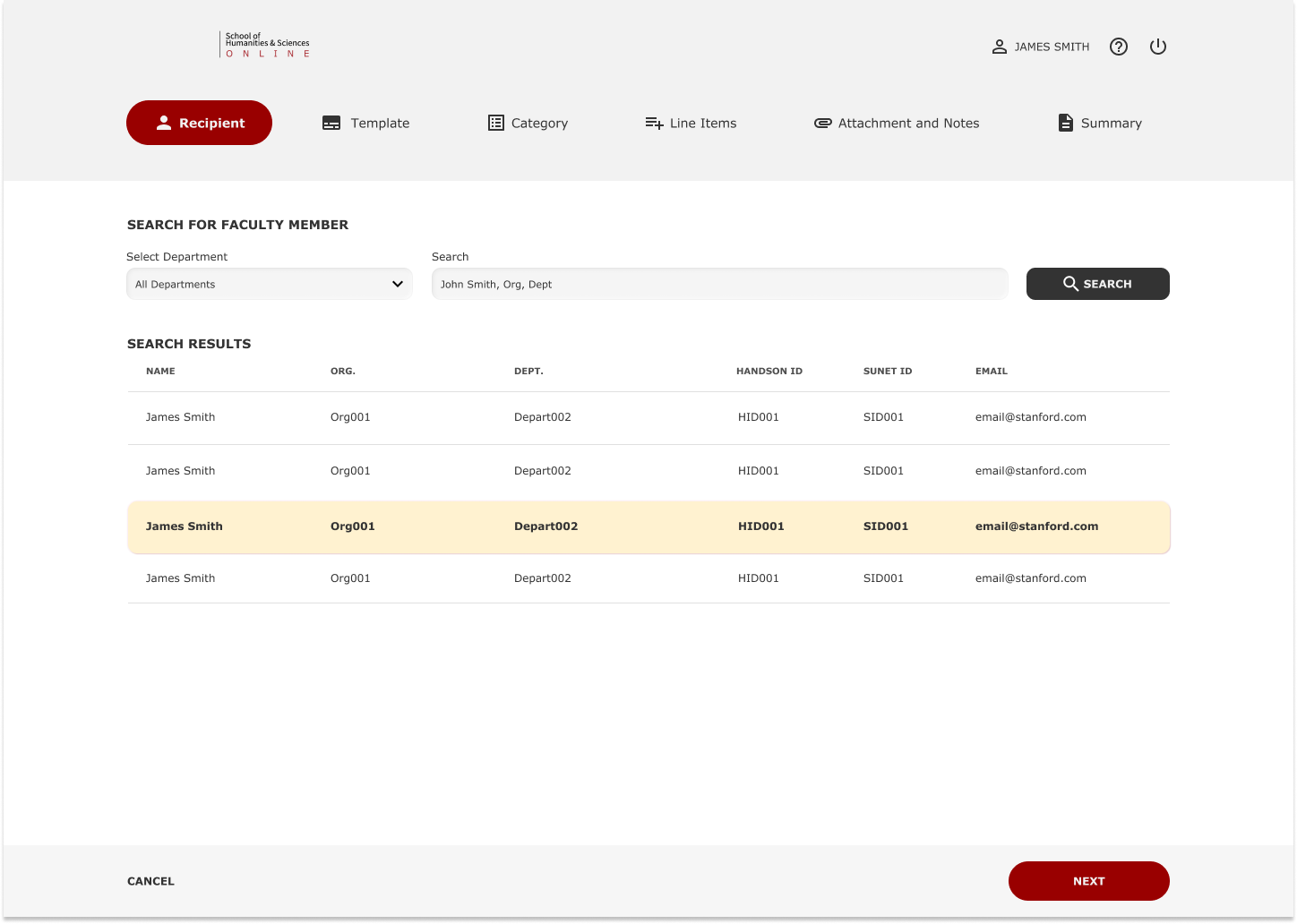
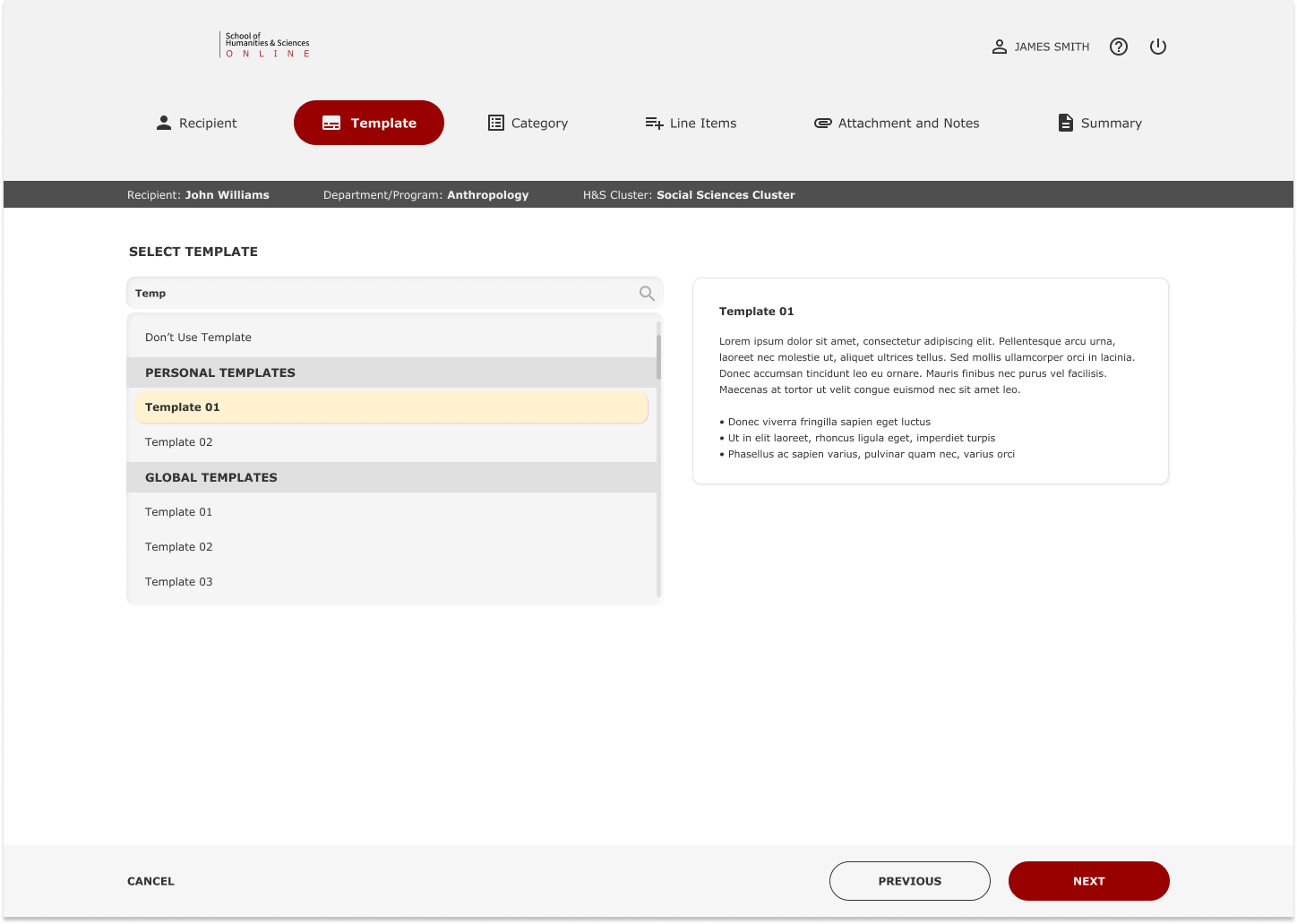
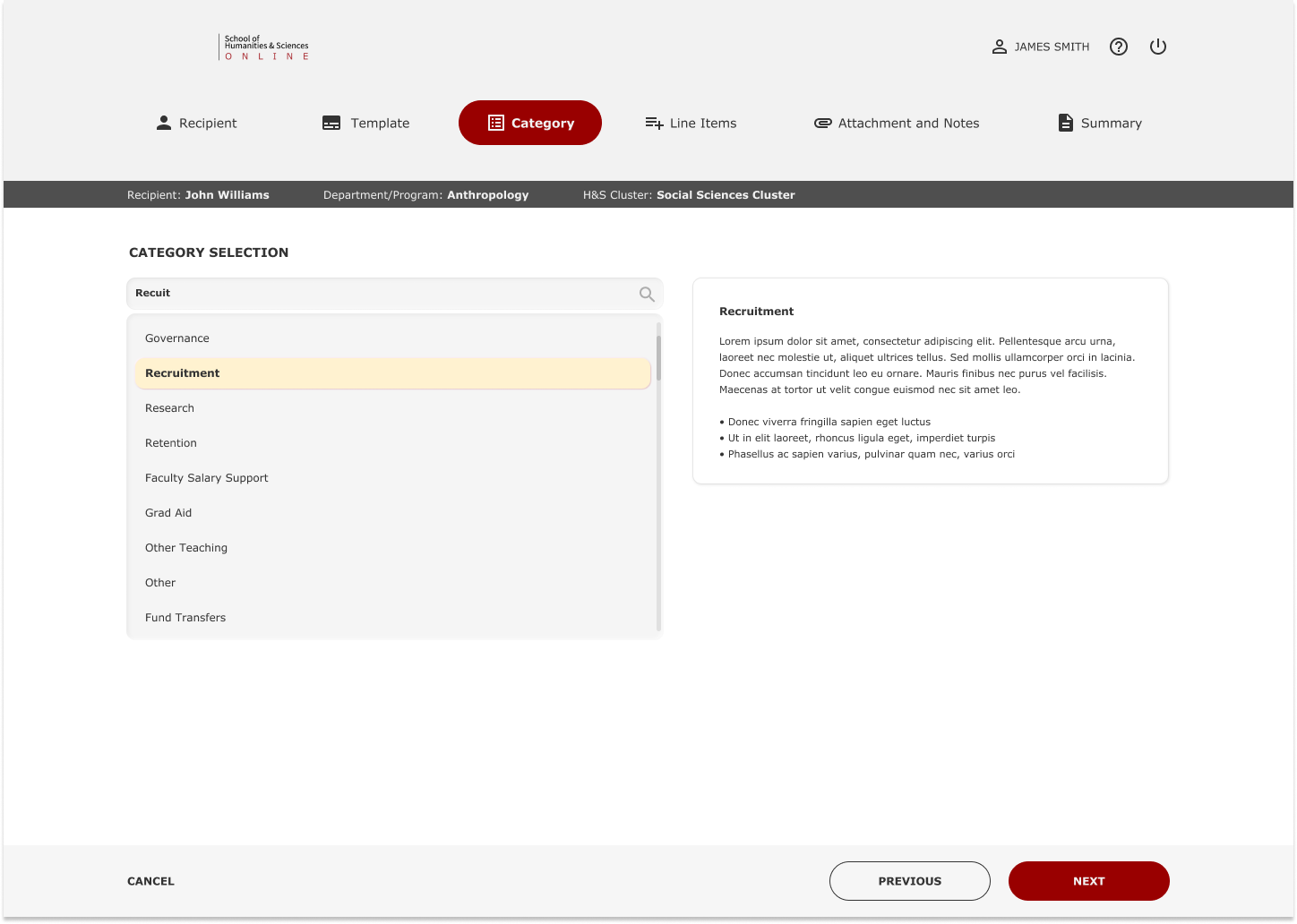
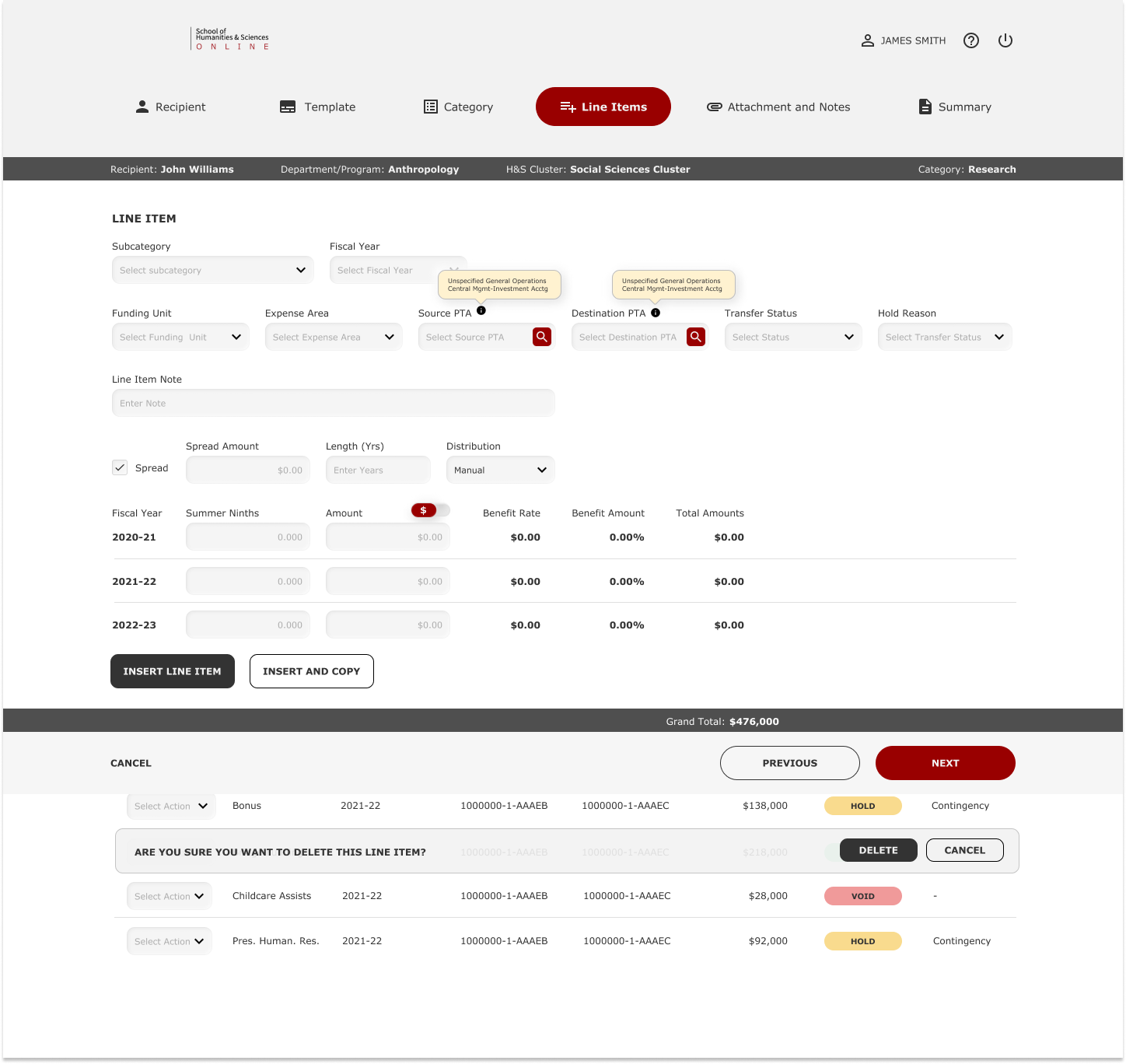
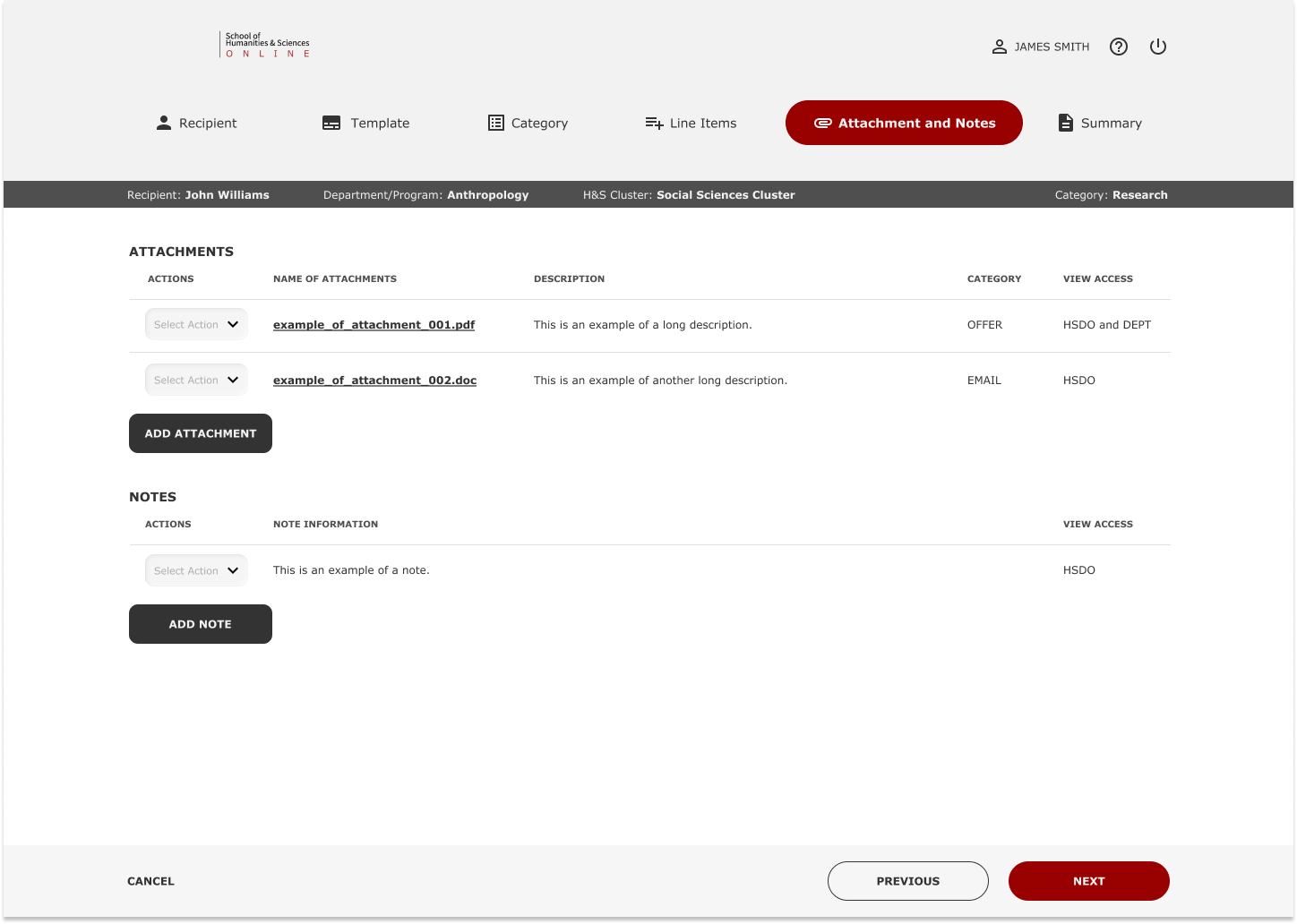
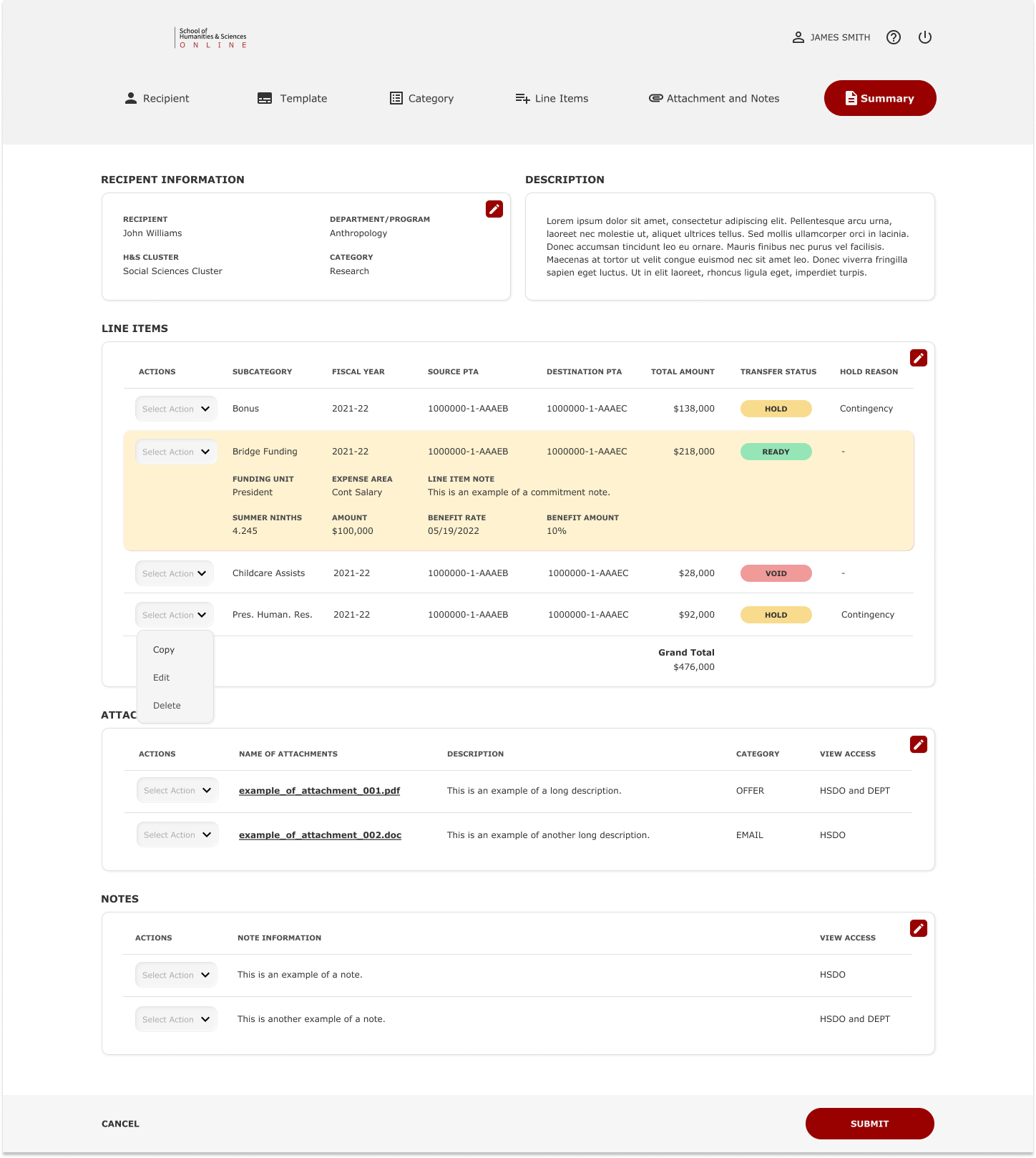
RESULT
Ultimately, our team delivered on time and on budget the design for a robust funding commitment web application ready to be developed, deployed and used.